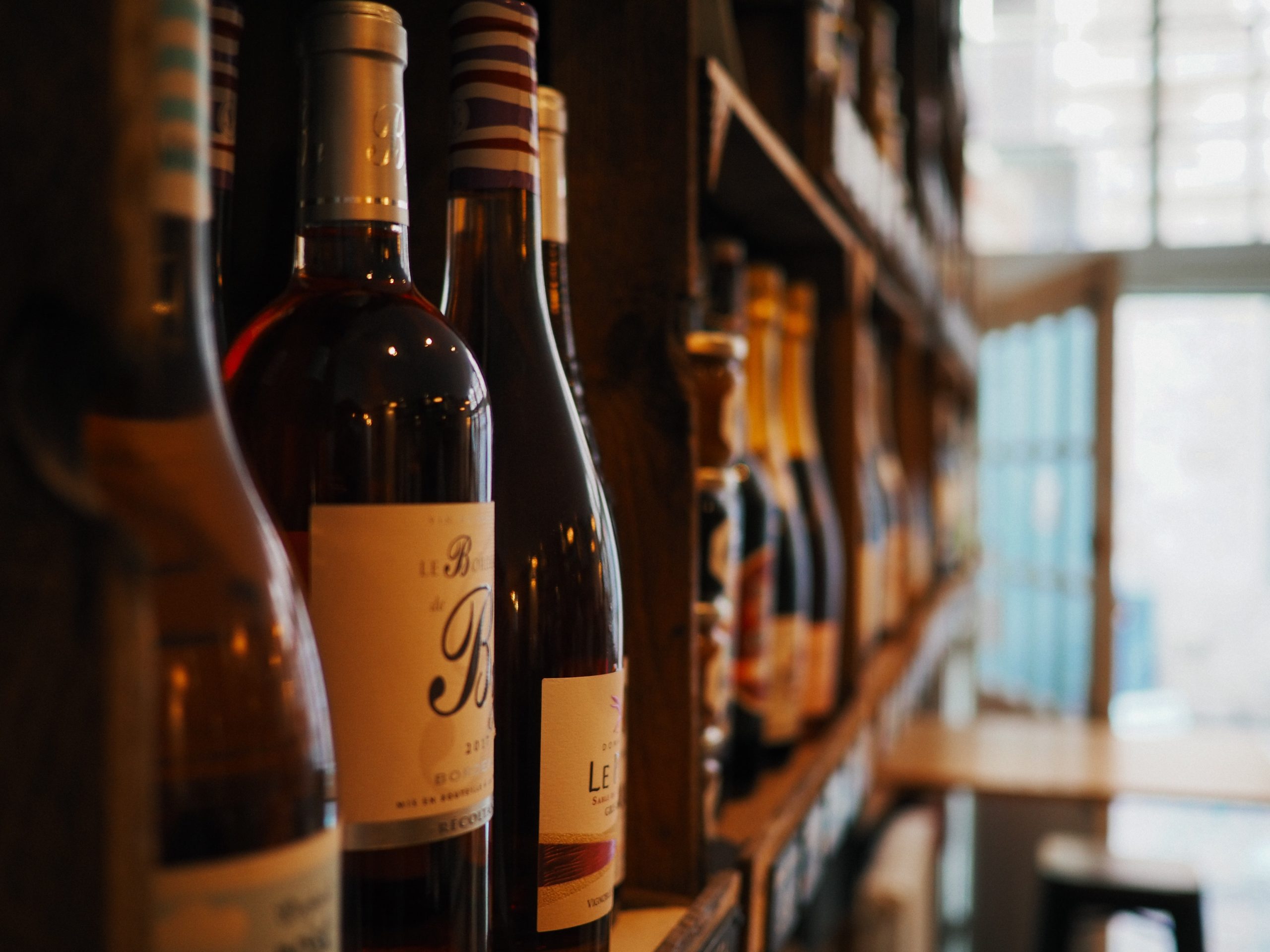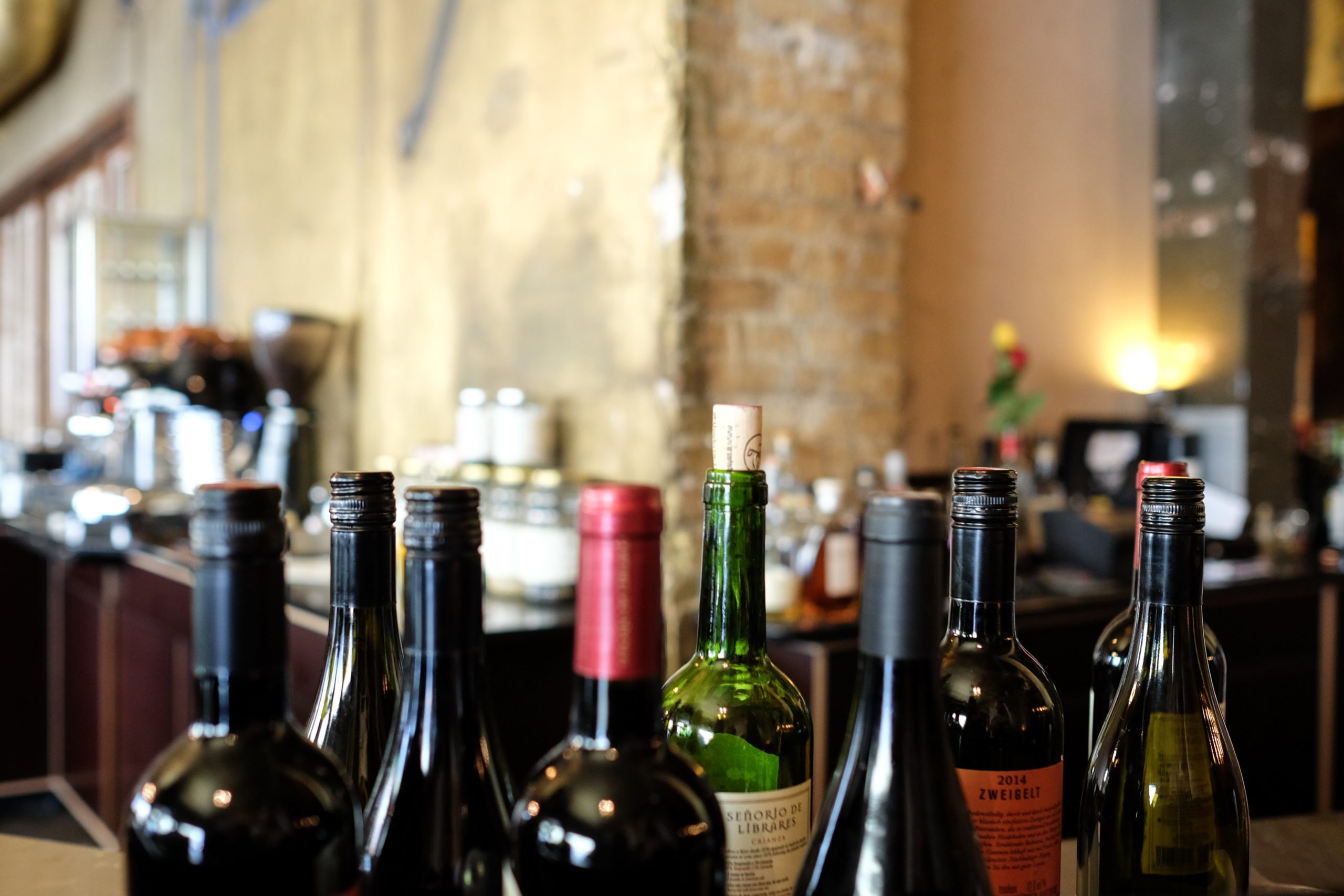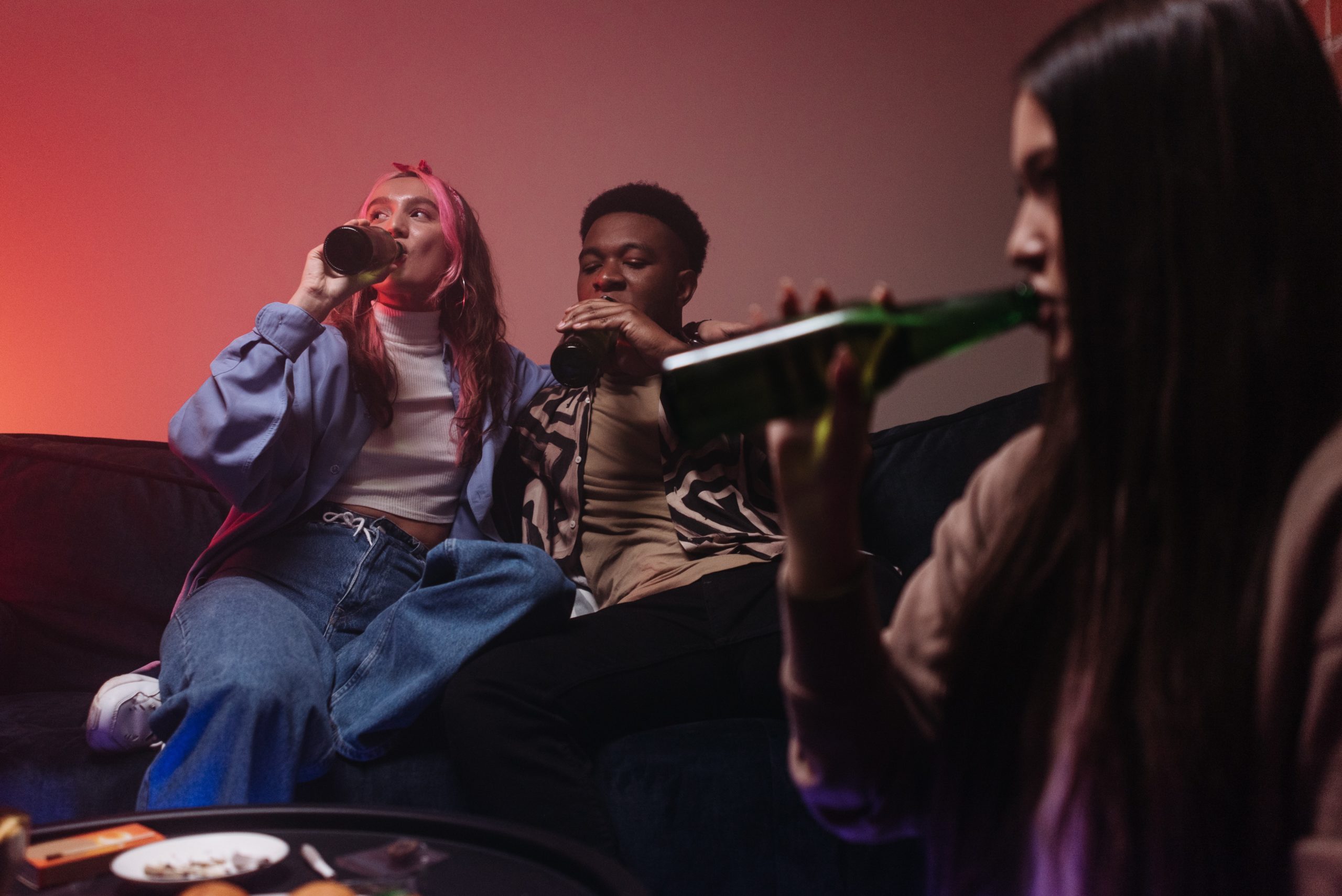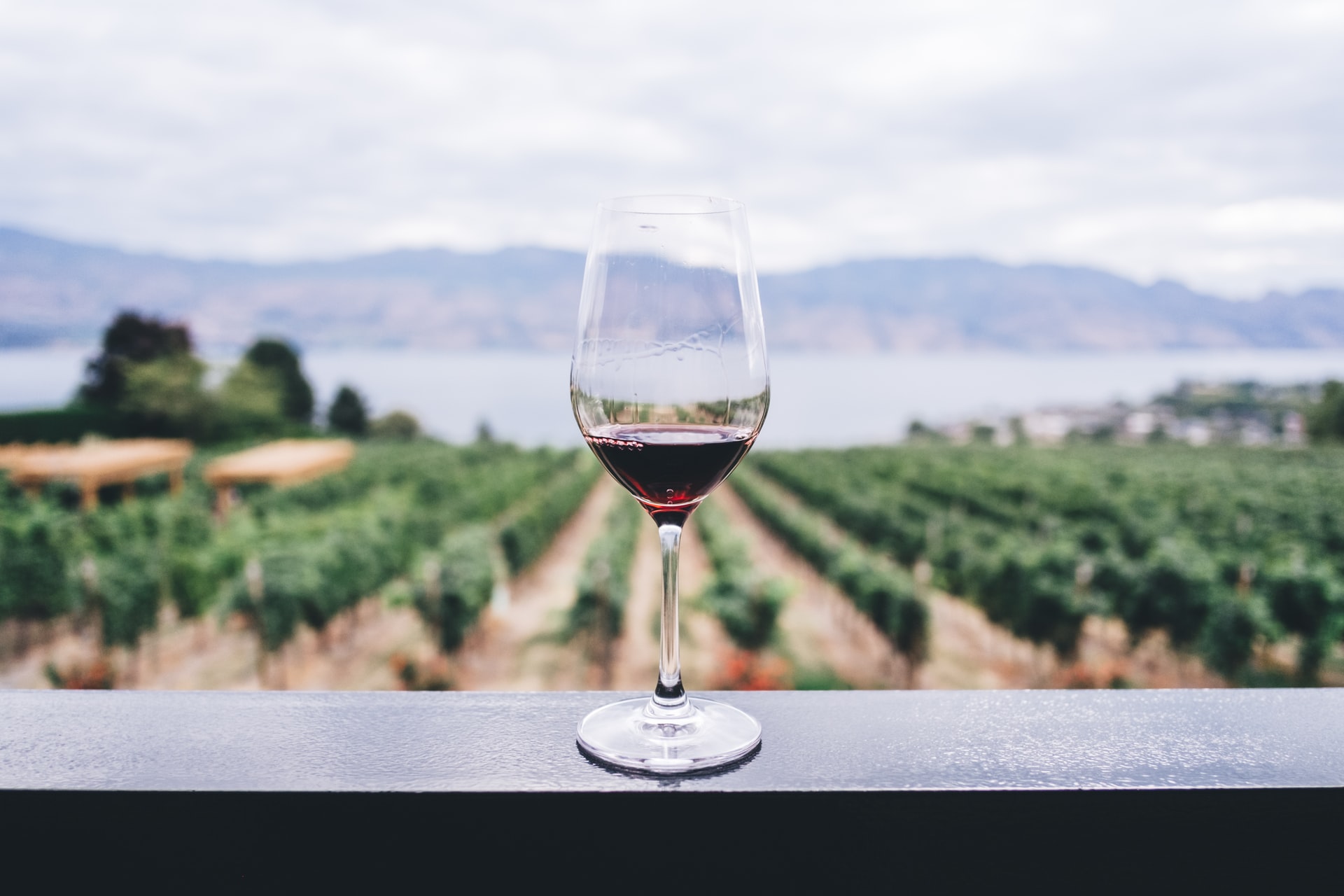Customers rarely just “walk in the door” anymore. Nowadays, it’s all about what you’re doing online and in your community to bring the right people to your tasting room. Get inspired by winery marketing trends your fellow winery owners are showcasing to bring patrons to their tasting rooms.
Table of contents
Flaunting Sustainable Practices
Sustainability is more important than ever for some consumers. While this practice may seem like a task for the corporations of the world, wineries and vineyards can take a stab as well in their winery marketing tactics.
Plēb Urban Winery, located in scenic Asheville, North Carolina, is just one winery that works to incorporate sustainability throughout its winemaking process. From utilizing kegs to save glass to employing biodynamic vineyards in its lineup. Plēb uses its environmental focus as a means to set it apart from competitors.
Biodynamic wine is wine made using minimal added materials and ingredients. These standards eliminate pasteurization, plastic bottles, and traditional corks and prefer harvesting by hand. This type of wine has become increasingly popular in the last several years, and sales for biodynamic wine have increased 700% over the past four years.
Plēb utilizes biodynamic vineyards in its offering in addition to its other sustainably minded practices. Try capitalizing on the ever important subject of climate change and adjustments everyday people can make to be more sustainable. In 2019, the winery sourced 40 tons of its grapes from local vineyards according to its website.
Plēb’s commitment to sustainability doesn’t stop when the grapes are harvested, however. Its tasting room serves wine on tap. This movement from bottles to kegs is intended to reduce the number of bottles put to waste each year — the EPA estimates that just 39.8% of glass wine and liquor bottles were recycled in 2018. According to the winery’s website, one half-barrel keg of wine is equivalent to 78 standard wine bottles. This adds up, as Plēb has saved approximately 7,625 bottles so far.
Not only is Plēb acting on their commitment to sustainability, but they’ve discovered how to make this practice marketable. The winery promotes their practices on social media and on their website. This sets the stage for Plēb to attract more customers who put sustainability at the forefront of their mind when deciding where their dollars will go. This isn’t a silly idea either: a survey from IBM states that 57% of its respondents would be willing to change their consumer behavior in favor of choices with less negative environmental impact.
Bring the Wine Home… Without Leaving the Couch
Trekking to the grocery store for your next bottle of wine can feel like a chore in itself sometimes. For dedicated wine lovers, subscription clubs provide a fun, consistent way to get their favorite treat delivered right to their front door.
Since the Wine of the Month Club opened its cellars as the first-ever wine club in 1972, versions of this highly popular subscription have flooded the wine market. Now, newer companies are appealing to millennials and other younger wine drinkers to encourage wine tasting parties and other social events via mail subscriptions.
Traveling Vineyard, which sells in-home wine tastings directly to consumers, took the mail-order model and tweaked it. They created a unique in-home experience. Something people everywhere craved during the COVID-19 pandemic when bars and restaurants shuttered their doors. Friends who want to get together for a tasting but don’t have the time or ability to head to a tasting room can visit the Traveling Vineyard website to find a Wine Guide in their city and wait for the day they can all get together for a tasting. In-home services allow people to gather with their “circle” without the crowds wineries and bars draw on the weekends. Alternatively, virtual tasting parties allow those who wish to isolate a chance to get some social interaction with the good stuff.
More traditional subscription services are rising in popularity as well, and six-year-old startup Bright Cellars recently landed another round of funding. This momentum is only expected to rise, too. The value of direct-to-consumer wine shipment rose 27% compared to one year ago according to Wines Vines Analytics.
Consider fostering a wine club at your winery to expand your offerings. Though Traveling Vineyard and Bright Cellars might be producing this kind of subscription at a large scale, that doesn’t mean it can’t be done in your backyard (or your vineyard). Shady Creek Winery is a small winery located in Michigan City, Indiana. They have two levels of subscription for their wine club. One level offers bottles to crack open at the winery or for local pickup, while the other offers mailing subscriptions to 36 states. These winery marketing options are scalable for almost anyone, and can expand your clientele across the country.
New Ways to Enjoy
Necessity is the mother of invention for some winemakers, as 2020 and 2021 led to glass wine bottle shortages. Bottle factories closed due to cases of COVID-19 and big wine producers ramped up production, according to Wine Business Monthly. While some producers may have packed up and gone home, others stepped up to try an unconventional way to package their wine: in cans. Grandview Research estimates that the canned wine industry is currently worth $211.4 million and will continue to grow at a rate of 13.2% for the next seven years.
While some winemakers may have popped their cans open just last year, Union Wine Company has been packaging their wines in cans since 2013. As part of their #pinkiesdown campaign to make wine more accessible and less fussy, the 16-year-old wine producer started canning. Canned wine is accessible, easy to transport, and allows wine lovers to have more variety with less commitment. Plus, cans are 100% recyclable and can be recycled infinitely.
Canning your wine could be the perfect way to appeal to a wider audience both in and outside of your tasting room. Younger drinkers make up just 15% of bottled wine buyers. They also make up 26% of canned wine buyers and 29% of canned sparkling wine buyers. This according to the senior vice president of NielsenIQ Beverage Alcohol Practice told the LA Times. And, canned wine producers like Union Wine brag on their cans’ ability to go anywhere. Bringing a bottle on a hike or run seems a little bulky. But the ease of a can is something everyone is used to.
Social Drinkers
Creating a vision for your brand and the overall aesthetic you’d like to portray on social media can be incredibly helpful to your overall winery marketing strategy. Nowadays, 82% of Americans have some form of social media according to Statista. Appealing to this large sum of people can have tremendous effects on your success as a brand.
Mark Ryan Winery, based in Washington state, has developed a strong social media presence with posts that emulate its branding and appeal to its target audience. One glance at the winery’s Instagram profile will note its consistency. They also use dark-toned colors and brief captions featuring emojis and hashtags. This team is on lock, considering Instagram posts with hashtags get 12.6% more engagement.
The influencer market is another opportunity for expansion for almost any brand today. Influencers put advertisements in our faces all day long. From coffee to activewear to glasses, anyone who has social media has been “influenced” at one point or another. Now, wine brands are doing the same, and for good reason. The influencer industry is now worth $13.8 billion.
How exactly does “influencing” work? We’re glad you asked. Brands typically reach out to influencers and ask them to market a particular product with a message in mind. After messaging expectations are set between the brand and influencer, influencers promote the product, typically with some kind of discount code, and get paid from the brand when someone uses that code.
A great example is Wine with Paige. Paige Comrie is a wine blogger with more than 27,000 followers on Instagram. She writes on a blog and promotes her posts and other adventures on her Instagram account. Recently, Paige advertised a giveaway with Wines ‘Til Sold Out, an online discount wine shop. This is a pretty typical influencer winery marketing post, and has attracted lots of engagement from Paige’s followers so far.
Influencer marketing can be a great step toward developing more partnerships and expanding your reach as a winery or vineyard. Especially now, just about everyone is on social media. If you’re looking to reach a new target audience (like Gen Z, people who live near your tasting room, etc.), influencer marketing is a great way to do that. If you know of a local influencer, reach out to discuss potential partnerships and decide if you have room in your advertising budget for this new tactic! Most influencers have managers, but some handle their own business. You should be able to find an email for “business inquiries” on their Instagram pages or websites.
Red Carpet Varietals
For years, celebrities have used their fame and reach to expand into other passion projects from clothing lines to sodas. Now, countless celebrities are jumping into the wine market. In fact, Jersey Shore’s Snooki just announced that her first wine will launch in November.
Celebrity partnerships are one route to bring your brand recognition and revenue. One success story is Sex and the City star Sarah Jessica Parker’s collaboration with wine company Invivo & Co. for Invivo X. In its first year, SJP’s X sold more than 500,000 bottles worldwide. This partnership has also won numerous awards, including best launch at the 2020 Drinks Business Awards. Working with SJP wasn’t the Invivo duo’s first rodeo with celebrity partnerships, though. The team previously formed a partnership with Irish TV star Graham Norton. These partnerships have become a staple for Invivo.
Partnering with a celeb can offer an opportunity to capture a new audience. Actress Cameron Diaz and entrepreneur Katherine Power started a “clean” wine brand, Avaline, in 2020. This clean label means that the wine uses organic grapes and no additives. The duo was inspired because they wanted to know everything they put into their bodies, something winemakers aren’t particularly known for. This market for “clean” wines has proved successful so far. Between July and December of last year, Avaline sold 252,000 bottles of wine, far outselling their projection of approximately 96,000 bottles.
Consumer interest in “clean,” biodynamic, organic, and natural wine has garnered steady attention over the past several years. This duo created the brand on their own, but its idea could easily be copied. Numerous stars have their own brands partnered with a wine producer and these brands reach not just movie star fan bases, but those of professional athletes and musicians as well. In touch with a celebrity yourself? Give them a ring.
Winery marketing is hard work, but it’s worthwhile. Customers won’t walk through the door on their own anymore. Why not give a few of these ideas a try for your next campaign?



